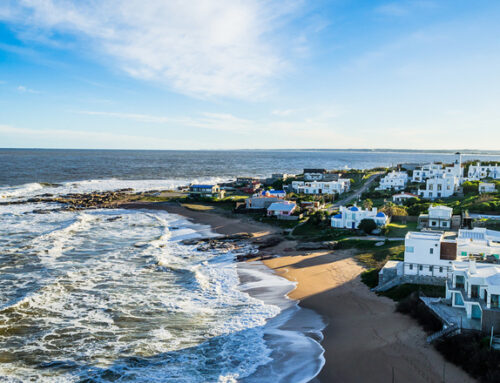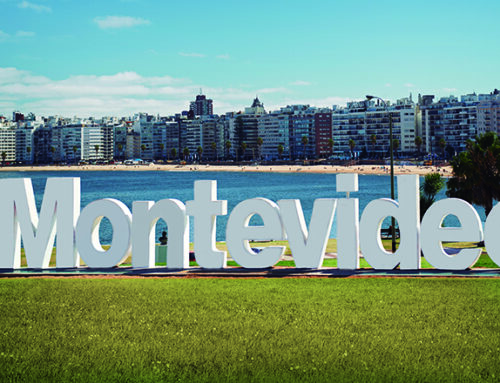There’s a reason it’s known as the “Monaco of the South.”
Every year, in the period between Christmas and New Year’s, the population of Punta del Este, Uruguay swells from under 10,000 to around 400,000. About two hours up the coast from Montevideo, Punta—as the locals call it—has been dubbed the “Hamptons of South America” or the “Monaco of the South” because of the way it attracts wealthy Argentinians and Uruguayans. During the South American summer, Porteños (as people from Buenos Aires are called) flock to the glittering beaches, dine at waterfront restaurants like Imarangatú, and embrace the art scene at places like Museo Taller de Casapueblo, a Gaudi-esque all-white confection the artist Carlos Paéz-Vilaró (who hobnobbed with Picasso) built in the 1960s on a stretch of pristine coastline. High-rollers come for the casino and the big hotels. In the high season, the marina is chock full of yachts.
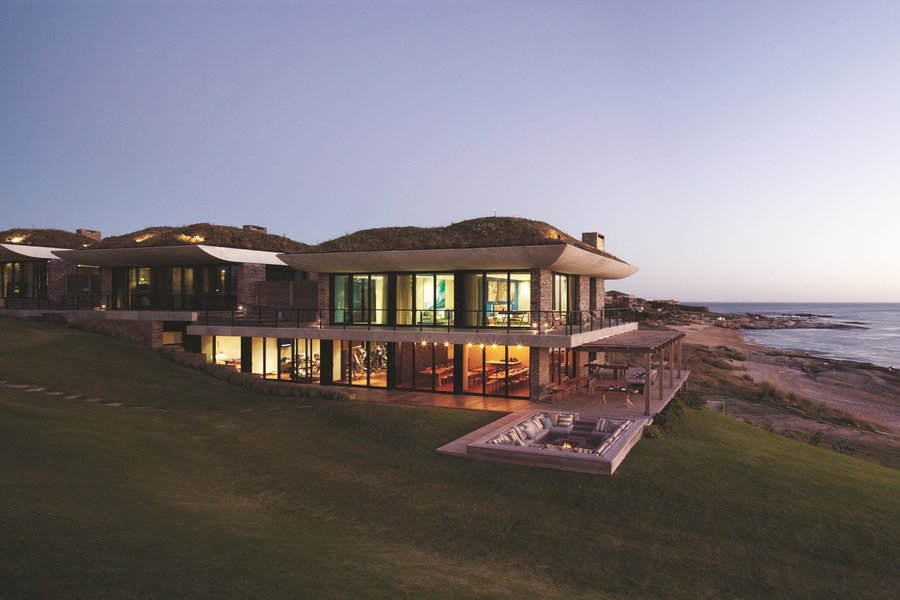
But as Uruguay’s elite will tell you, there’s a lot more to see and do in Uruguay’s Maldonado department than just Punta del Este. The famed city on the sea may still be the most popular place to go, but the chicest crowd has largely decamped to José Ignacio, a boho beach town about 40 minutes east of Punta. Named for a lone fisherman, the sleepy fishing village was all but inaccessible until the ‘80s. Now it’s home to some of the most expensive real estate in South America.
It was here that Argentina’s most famous and enigmatic chef Francis Mallmann ran a restaurant for 30 years before closing it and moving farther inland to the former ghost town of Garzón. Argentine hotelier Alan Faena bought a piece of abandoned oceanfront land there in 1989 and turned it into a private oasis with a house and a rose garden. These days, Punta has become so built up with high-rise apartment buildings that it looks more like Miami Beach than the Hamptons or Monaco, but José Ignacio—where there are restrictions on how high you can build—still retains a Montauk-like charm. There, a house on the beach might cost anywhere from $2.5 million to $15 million.
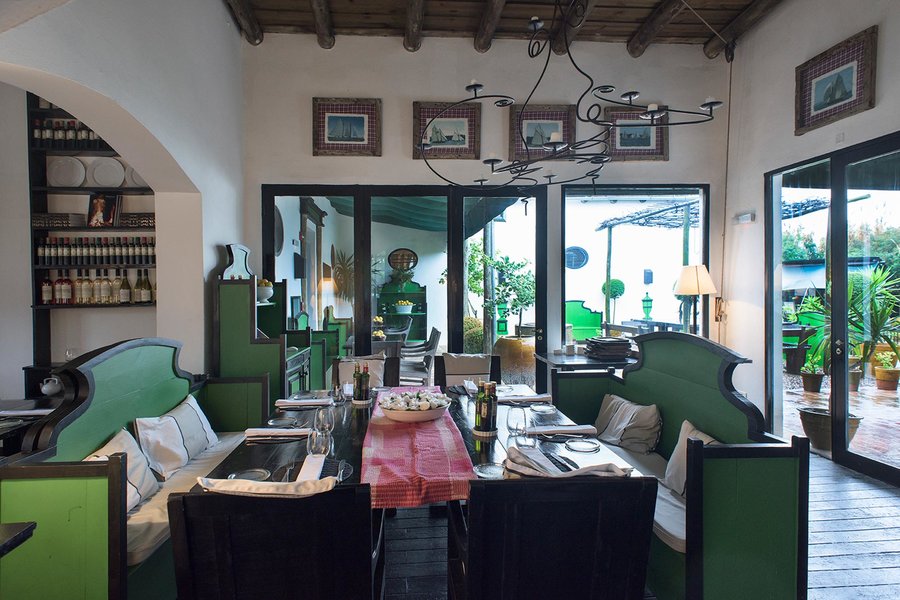
“When we first started coming here, it was a fraction of what it was. Now it’s become a very chic, global destination,” said Alex Vik, who runs three hotels in José Ignacio with his wife, Carrie. The couple, who have been visiting the area since the late ‘80s, bought their first beach house in La Barra, right next to Punta del Este, in 1999 and later sold it in order to purchase a property in José Ignacio. Though they originally intended to keep it as a private home, they had so many visitors that they decided to build bigger and open the property up to guests.
“At the time when we bought the ranch, we started seeing our friends would come because we went back to North America and told everybody how amazing this place was,” Carrie said. “And there were no nice hotels of the level that world travelers are interested in staying in.”
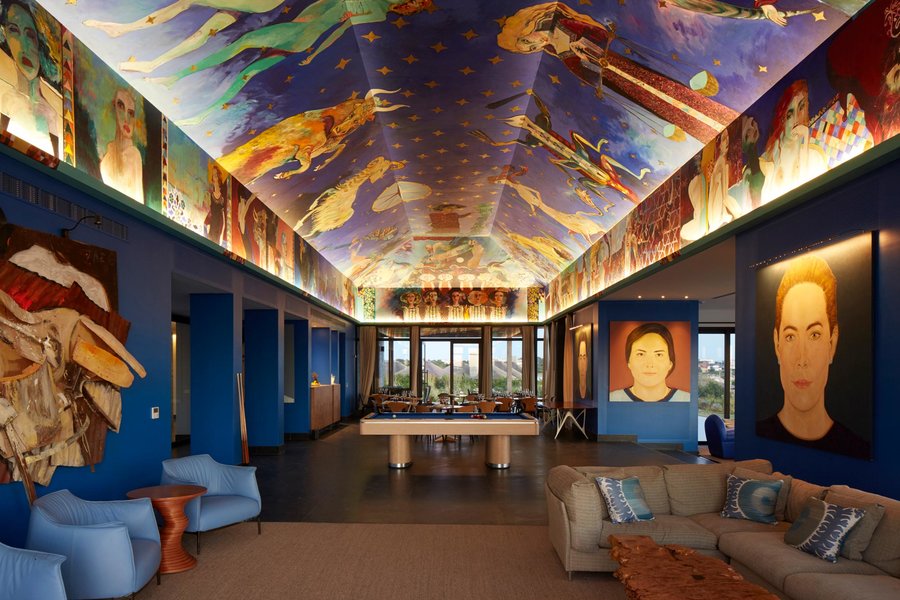
The 12-room Estancia Vik, where guests can go horseback riding and enjoy a traditional South American asado, was their first hotel. They subsequently opened two hotels on the beach: Playa Vik and Bahia Vik, which just debuted four new bungalows, a wellness facility complete with a yoga studio, and an event space. Each bungalow was designed by a different artist. In the evenings, guests can climb the dunes and descend to the beach to watch the sunset over this wild stretch of Atlantic coast before heading over to Solera for wine and tapas.
Travelers who plan to visit the area should explore inland as well. In Garzón, you can spend a magical evening visiting the abandoned train station and dining at Francis Mallmann’s Restaurante Garzón, where a fire is always blazing in the back and a romantic, Old World atmosphere prevails. Bodega Garzón, the award-winning winery owned by Argentine billionaire Alejandro Bulgheroni, offers tours and tastings for casual visitors, as well as an exclusive membership club that—for a cool $250,000—grants members access to the 18-hole Los Tajamares Golf Club and the chance to blend wines at any of the 12 wineries owned by Bulgheroni. Members also get exclusive access to the clubhouse attached to the winery, where they can host meals, store their wine collection, and land their copter on one of the three helipads. Soon the estate will be home to a Relais & Châteaux hotel and spa, so guests will be able to stay on the vineyard. Bodega Garzón is also planning to open a beach club in José Ignacio near hotspot La Huella, a casual beachfront parador with an ultra-glamorous clientele.
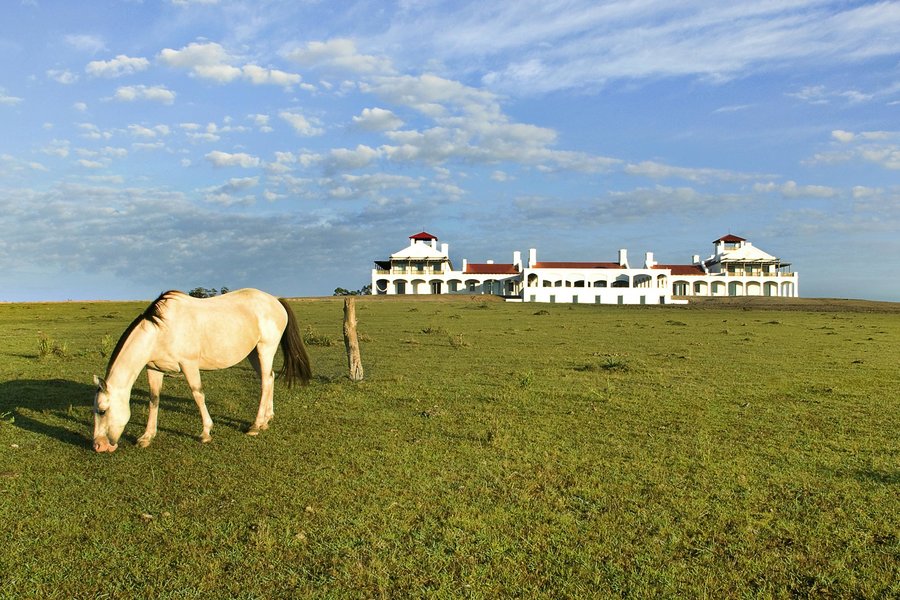
Like the Viks, Bulgheroni first bought a beach house in Punta del Este and branched out to Garzón later. “Uruguay is like the Switzerland of South America,” Christian Wylie, Bodega Garzón’s director said. It’s financially and politically stable, and is a haven for off-shore private banking, making it especially attractive to high net worth individuals. But it’s the passionate people like the Viks, Mallmann, and Bulgheroni who give the region its edge and make it a must-visit destination for worldly jet-setters.
Written by Laura Itzkowitz – Departures



